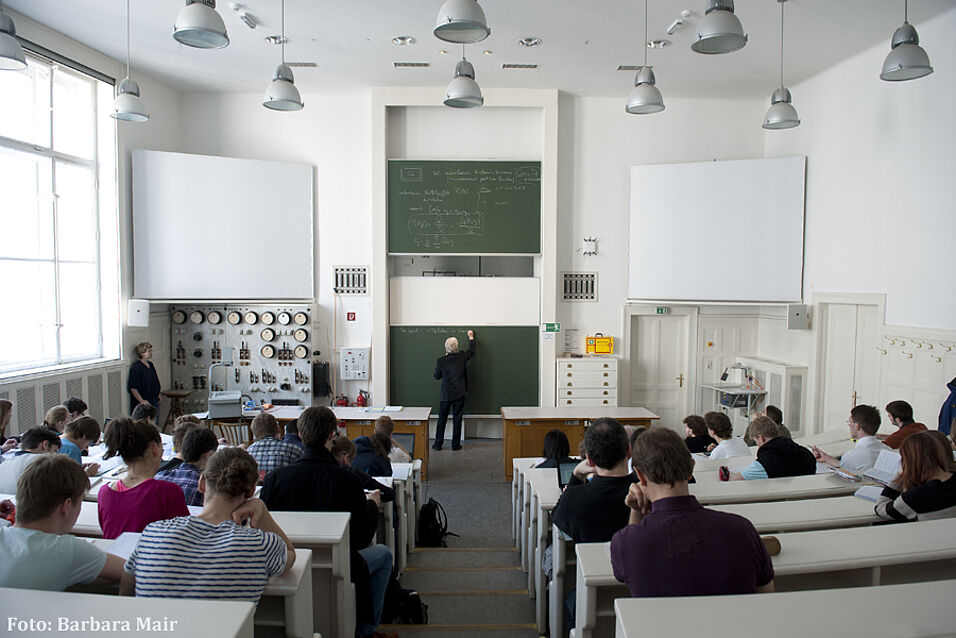The physics of quantum materials hosts spectacular excited-state and nonequilibrium effects, but many of these phenomena remain challenging to control and, consequently, technologically under-explored. My group’s research, therefore, focuses on how quantum systems behave, particularly away from equilibrium, and how we can harness these effects. By creating predictive theoretical and computational approaches to study dynamics, decoherence and correlations in materials, our work could enable technologies that are inherently more powerful than their classical counterparts ranging from scalable quantum information processing and networks, to ultra-high efficiency optoelectronic and energy conversion systems. In this talk, I will present work from my research group on describing, from first principles, the microscopic dynamics, decoherence and optically-excited collective phenomena in quantum matter at finite temperature to quantitatively link predictions with 3D atomic-scale imaging, quantum spectroscopy, and macroscopic behavior. Capturing these dynamics poses unique theoretical and computational challenges. The simultaneous contribution of processes that occur on many time and length-scales have remained elusive for state-of-the-art calculations and model Hamiltonian approaches alike, necessitating the development of new methods in computational physics2–4. I will show selected examples of our approach in ab initio design of active defects in quantum materials5–7, and control of collective phenomena to link these active defects8–10. Building on this, in the second part of my seminar, I will show our predictions of linear and nonlinear dynamics and transport in Weyl semimetals11–14. I will discuss the anomalous landscape for electron hydrodynamics in systems beyond graphene, highlighting that previously-thought exotic fluid phenomena can exist in both two-dimensional and anisotropic three-dimensional materials15. Our work identifies phonon-mediated electron-electron interactions16–18 as critical in a microscopic understanding of hydrodynamics. Non-diffusive electron flow, and in particular electron hydrodynamics, has far-reaching implications in quantum materials science, as I will show in this talk. Finally, I will present an outlook on driving topological quantum materials far out-of-equilibrium to control the coupled degrees-of-freedom19,20.
References:
1. Head-Marsden, K., Flick, J., Ciccarino, C. J. & Narang, P. Quantum Information and Algorithms for Correlated Quantum Matter. Chem. Rev. (2020) doi:10.1021/acs.chemrev.0c00620.
2. Rivera, N., Flick, J. & Narang, P. Variational Theory of Nonrelativistic Quantum Electrodynamics. Phys. Rev. Lett. 122, 193603 (2019).
3. Flick, J., Rivera, N. & Narang, P. Strong light-matter coupling in quantum chemistry and quantum photonics. Nanophotonics 7, 1479–1501 (2018).
4. Flick, J. & Narang, P. Cavity-Correlated Electron-Nuclear Dynamics from First Principles. Physical Review Letters vol. 121 (2018).
5. Narang, P., Ciccarino, C. J., Flick, J. & Englund, D. Quantum Materials with Atomic Precision: Artificial Atoms in Solids: Ab Initio Design, Control, and Integration of Single Photon Emitters in Artificial Quantum Materials. Adv. Funct. Mater. 29, 1904557 (2019).
6. Hayee, F. et al. Revealing multiple classes of stable quantum emitters in hexagonal boron nitride with correlated optical and electron microscopy. Nat. Mater. 19, 534–539 (2020).
7. Ciccarino, C. J. et al. Strong spin–orbit quenching via the product Jahn–Teller effect in neutral group IV qubits in diamond. npj Quantum Materials 5, 75 (2020).
8. Neuman, T., Wang, D. S. & Narang, P. Nanomagnonic Cavities for Strong Spin-Magnon Coupling and Magnon-Mediated Spin-Spin Interactions. Phys. Rev. Lett. 125, 247702 (2020).
9. Wang, D. S., Neuman, T. & Narang, P. Dipole-coupled emitters as deterministic entangled photon-pair sources. Phys. Rev. Research 2, 043328 (2020).
10. Neuman, T. et al. A Phononic Bus for Coherent Interfaces Between a Superconducting Quantum Processor, Spin Memory, and Photonic Quantum Networks. arXiv [quant-ph] (2020).
11. Narang, P., Garcia, C. A. C. & Felser, C. The topology of electronic band structures. Nat. Mater. (2020) doi:10.1038/s41563-020-00820-4.
12. Nenno, D. M., Garcia, C. A. C., Gooth, J., Felser, C. & Narang, P. Axion physics in condensed-matter systems. Nature Reviews Physics 2, 682–696 (2020).
13. Coulter, J., Sundararaman, R. & Narang, P. Microscopic origins of hydrodynamic transport in the type-II Weyl semimetal WP2. Phys. Rev. B Condens. Matter 98, (2018).
14. Coulter, J. et al. Uncovering electron-phonon scattering and phonon dynamics in type-I Weyl semimetals. Phys. Rev. B Condens. Matter 100, 220301 (2019).
15. Varnavides, G., Jermyn, A. S., Anikeeva, P., Felser, C. & Narang, P. Electron hydrodynamics in anisotropic materials. Nat. Commun. 11, 1–6 (2020).
16. Vool, U. et al. Imaging phonon-mediated hydrodynamic flow in WTe2 with cryogenic quantum magnetometry. arXiv [cond-mat.mes-hall] (2020).
17. Garcia, C. A. C., Nenno, D. M., Varnavides, G. & Narang, P. Anisotropic phonon-mediated electronic transport in chiral Weyl semimetals. arXiv [cond-mat.supr-con] (2020).
18. Osterhoudt, G. B. et al. Evidence for Dominant Phonon-Electron Scattering in Weyl Semimetal WP2. Physical Review X vol. 11 (2021).
19. Juraschek, D. M. & Narang, P. Shaken not strained. Nat. Phys. 16, 900–901 (2020).
20. Juraschek, D. M., Meier, Q. N. & Narang, P. Parametric Excitation of an Optically Silent Goldstone-Like Phonon Mode. Physical Review Letters vol. 124 (2020).

